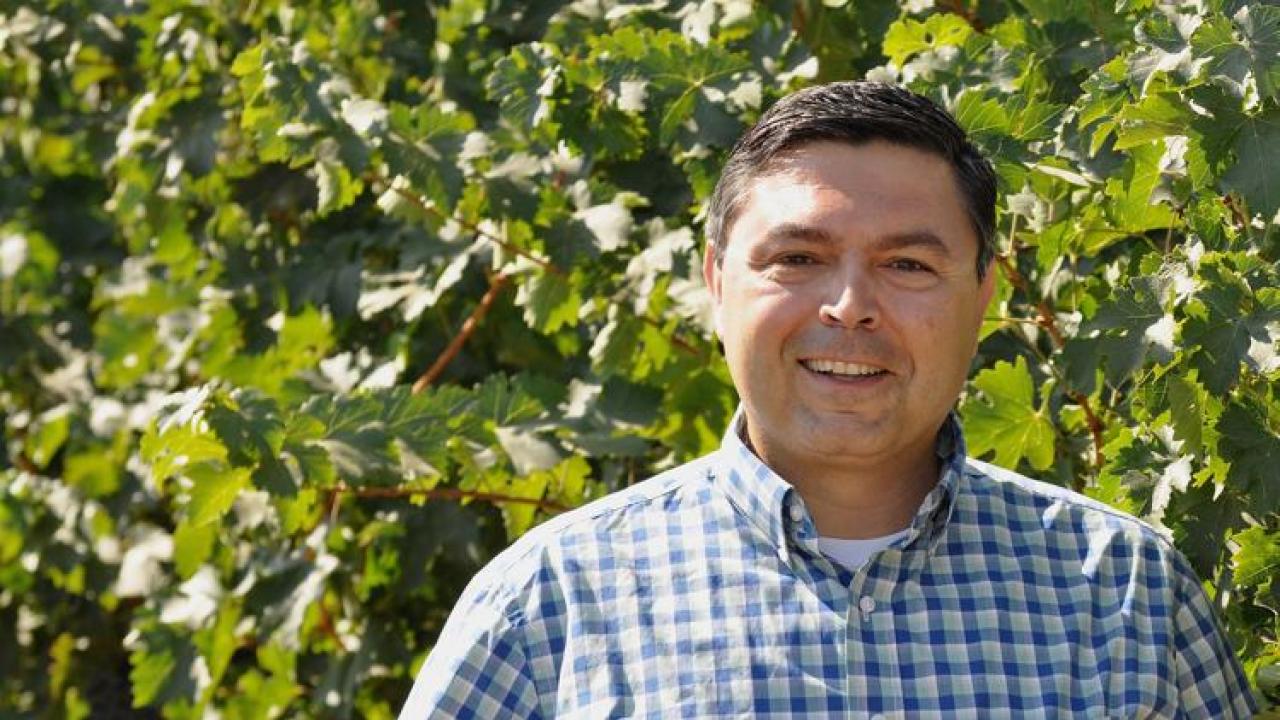
As a cooperative extension specialist with the University of California-Davis, Sahap Kaan Kurtural leverages artificial intelligence to enable vineyard managers to optimize irrigation without huge capital investments.
During his doctoral coursework at Southern Illinois University, the native of Turkey picked up skills in statistical analysis and machine learning algorithms. He now uses those skills to help wine grape growers achieve efficiencies in irrigation by setting up micro soil management zones.
“Different sections of plants ripen at different times, so the first challenge was to understand the systems and why certain parts of a vineyard were on a different schedule than others,” Kurtural said. “It could be due to topography, but also due to texture and make up of the soil.”
He has studied this in broad swaths of California’s wine grape region, including Napa Valley, Lodi, Sonoma and Paso Robles.
“We used machine learning algorithms to understand why these areas were behaving differently despite being given the same amount of water and fertilizers,” Kurtural said. “So there was physiological imbalance, and some portions were going into stress earlier than others.”
Manufacturers have sprinklers on the market that promise to adapt to variable conditions, but not many deliver that since it requires a lot of investment in sensors.
Farmers need to take the time to adapt the sensors to different crops and soil conditions.
“We have some 400 crops in California, which ones are you going to test them for? You have to be realistic at some point,” Kurtural said.
His machine learning algorithms can bridge the gap between the promises and reality.
His work is quite straightforward. He uses mobile sensors that can be mounted on tractors or ATVs. The sensors “float” on top of the soil and send signals into it to produce data on the conditions below the surface of the ground. That raw data is converted into soil moisture data and modeled for the entire season. It helps map the field into sections categorized by stress levels.
“We typically have two to three management zones with varying soil metabolism and moisture conditions,” he said.
He has developed digital soil maps for several well-known wineries. The maps enable them to program mechanical harvesters for segregated lots within a vineyard without spending huge sums of money. At the same time, they save money on energy.
The fundamental work is done at the cooperative extension Oakville station in Napa County.
“For those who don’t have the technology to use our maps, we’ve developed a kit to identify biomarkers that will tip owners off,” Kurtural said.
